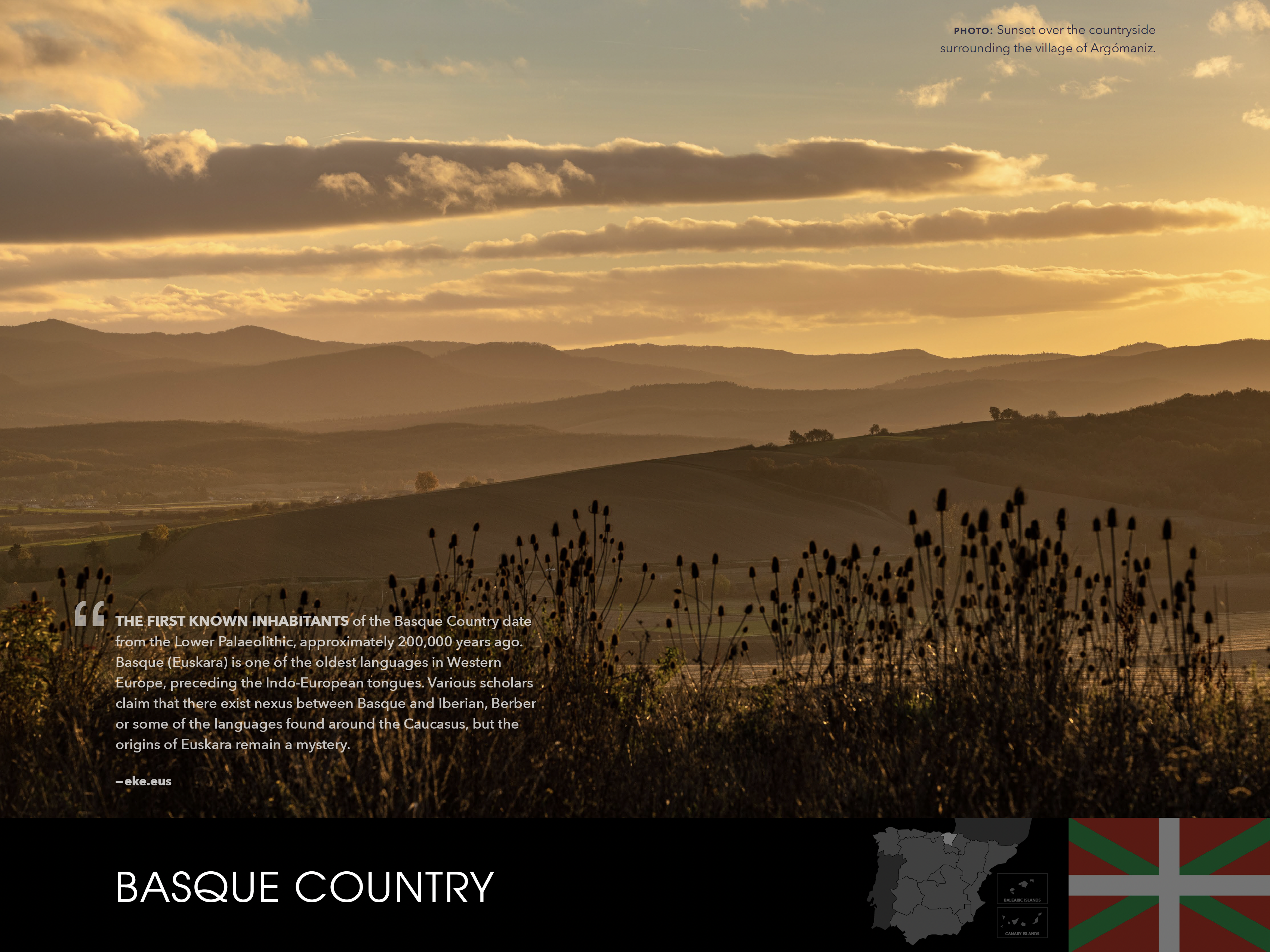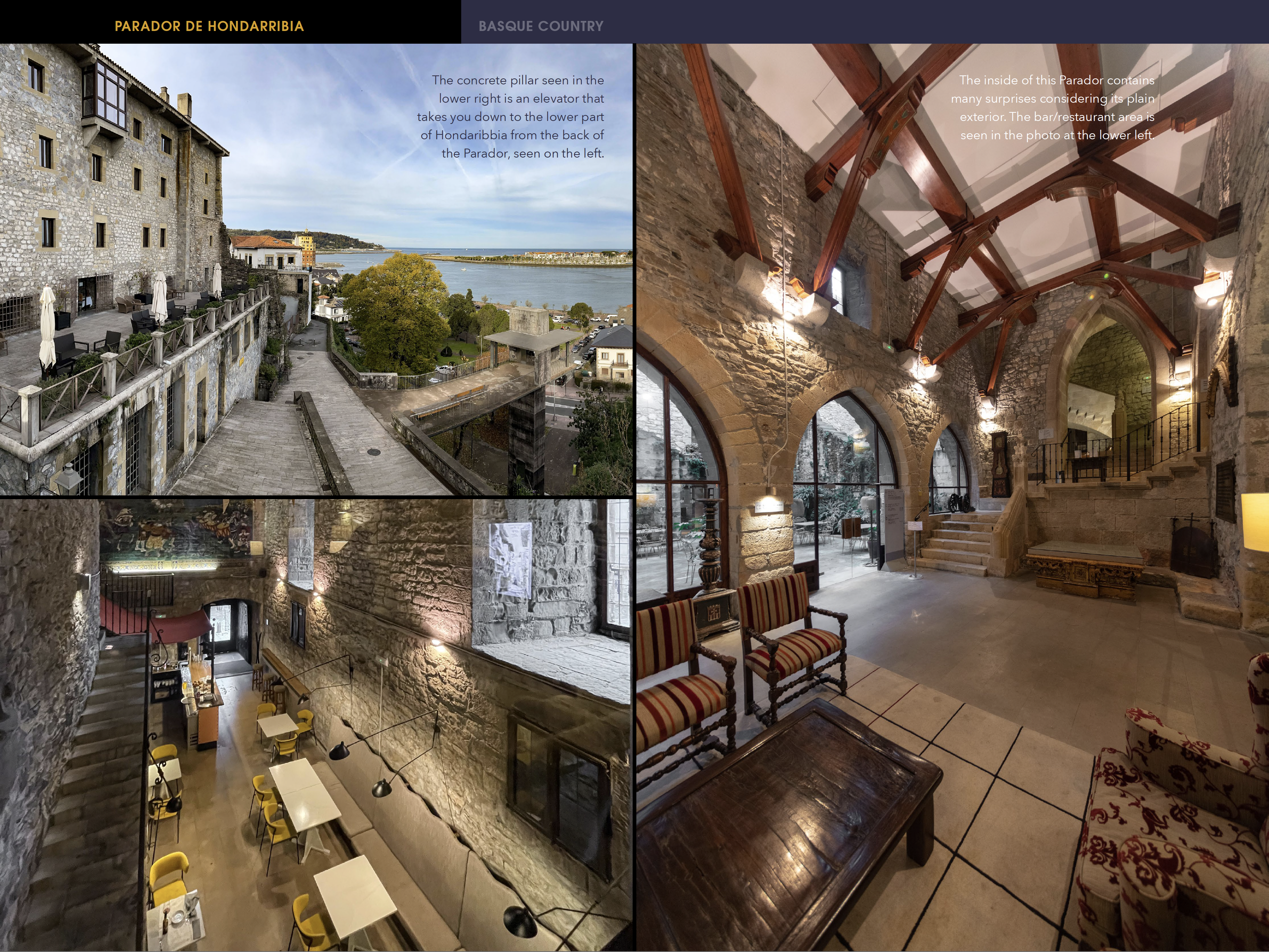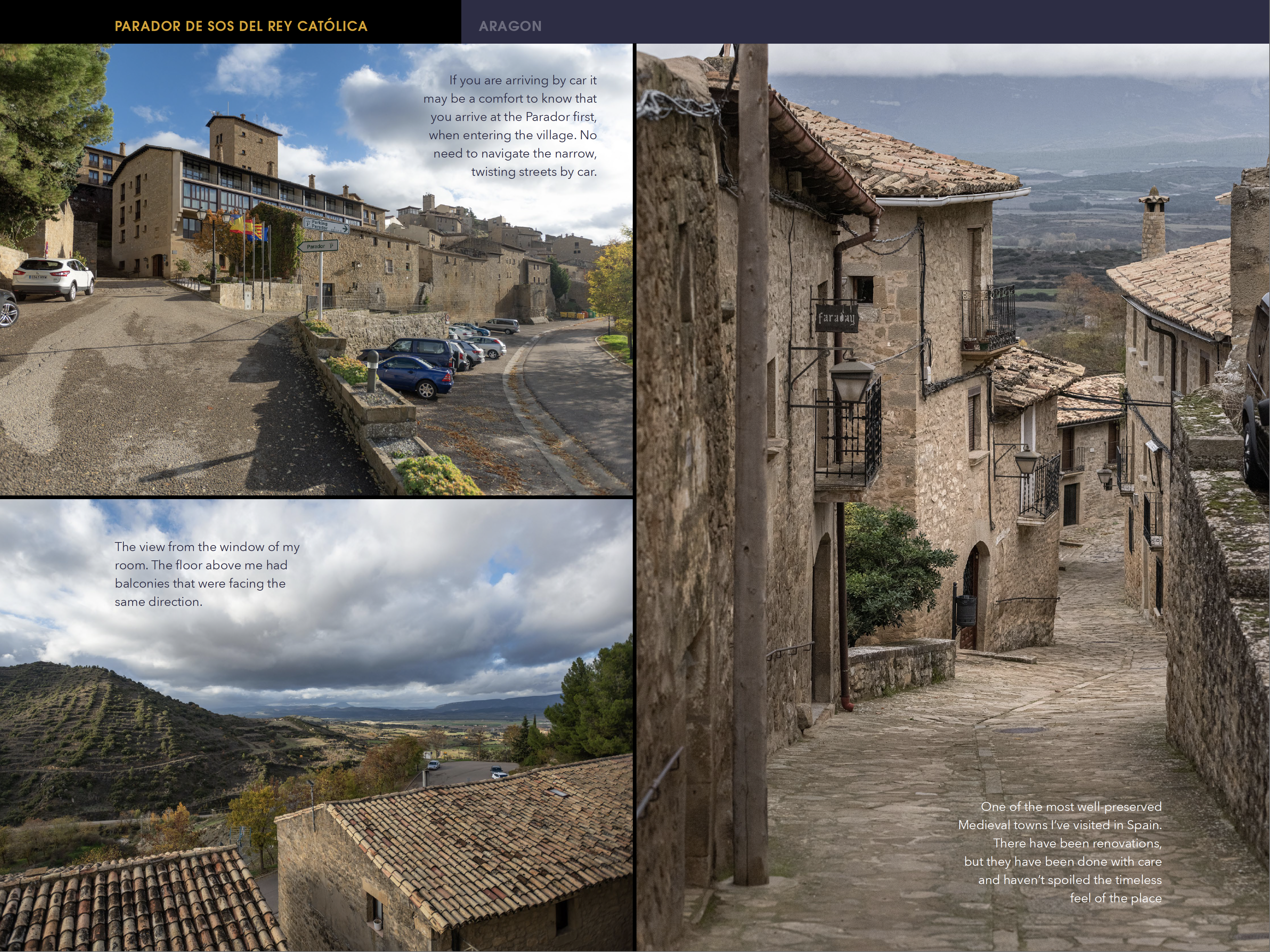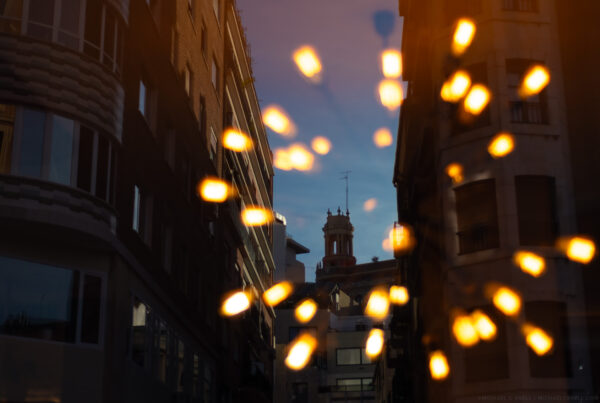The second edition of my Parador e-book is now available for download.
It has taken longer than expected, with the delays of the pandemic and other miscellaneous issues, but it is now out with features on nine additional Paradores and updates of a few others. The PDF is formatted especially for iPads and other tablets, but you can enjoy it anywhere you can view PDF documents.
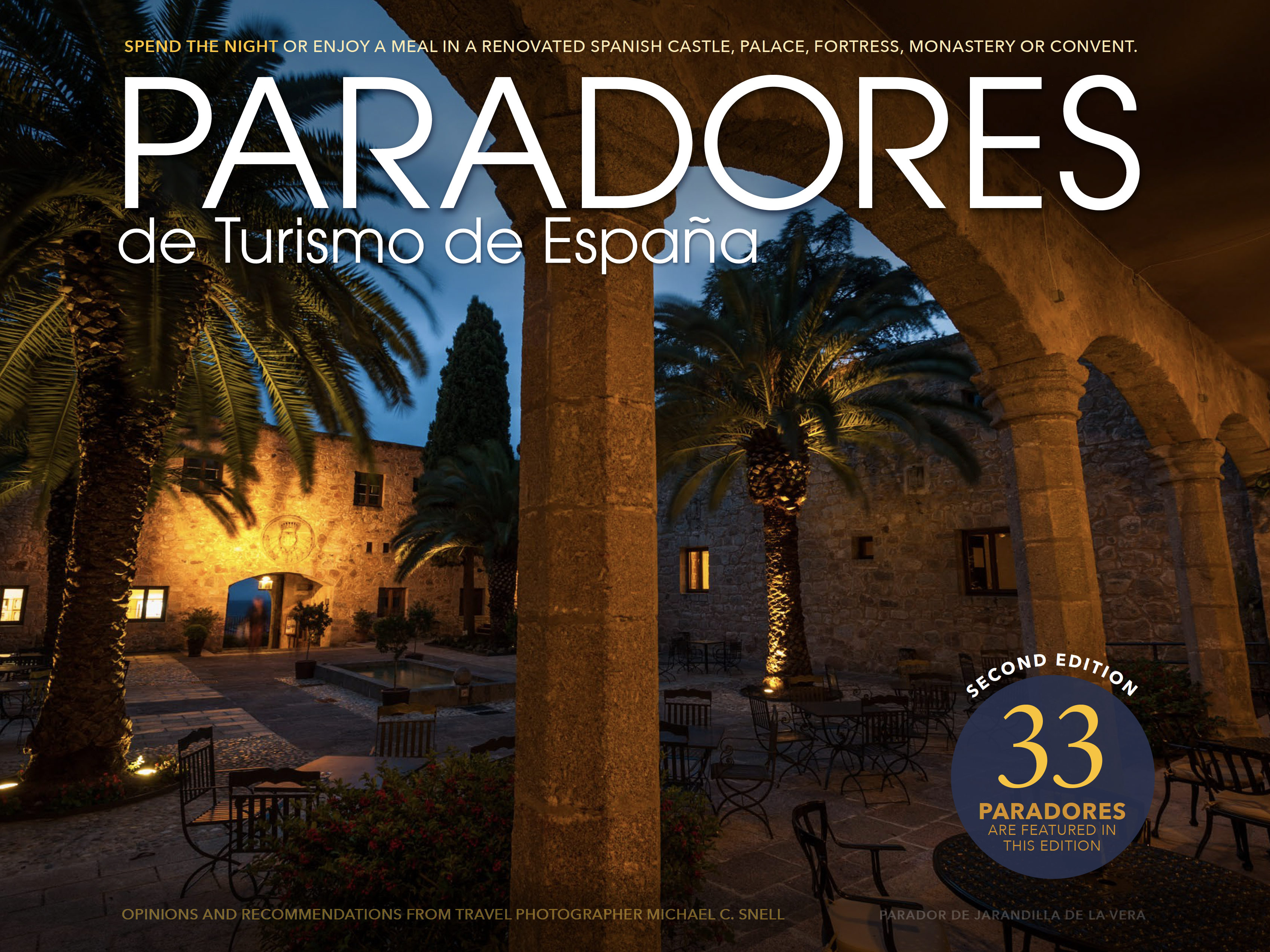
Paradores are a chain of State-operated hotels in Spain, first imagined in 1910. Many of the Paradores utilize large, historic structures that might be difficult to rehab for any other use, therefore saving many incredible structures from ruin and giving travelers the opportunity to enjoy them as restaurants or overnight stays. Castles, former convents, palaces and more are available for your vacation enjoyment.
I believe there are now 98 Paradores in Spain, and in this e-book I introduce you to 33 of them. Most I have stayed in overnight, a few others I’ve only toured or visited for a meal. I hope to continue working my way through all of the Paradores and will continue to update this document as I do, especially focusing on the Paradores in historic properties (some are also in city centers, or areas of natural beauty and may be new construction).

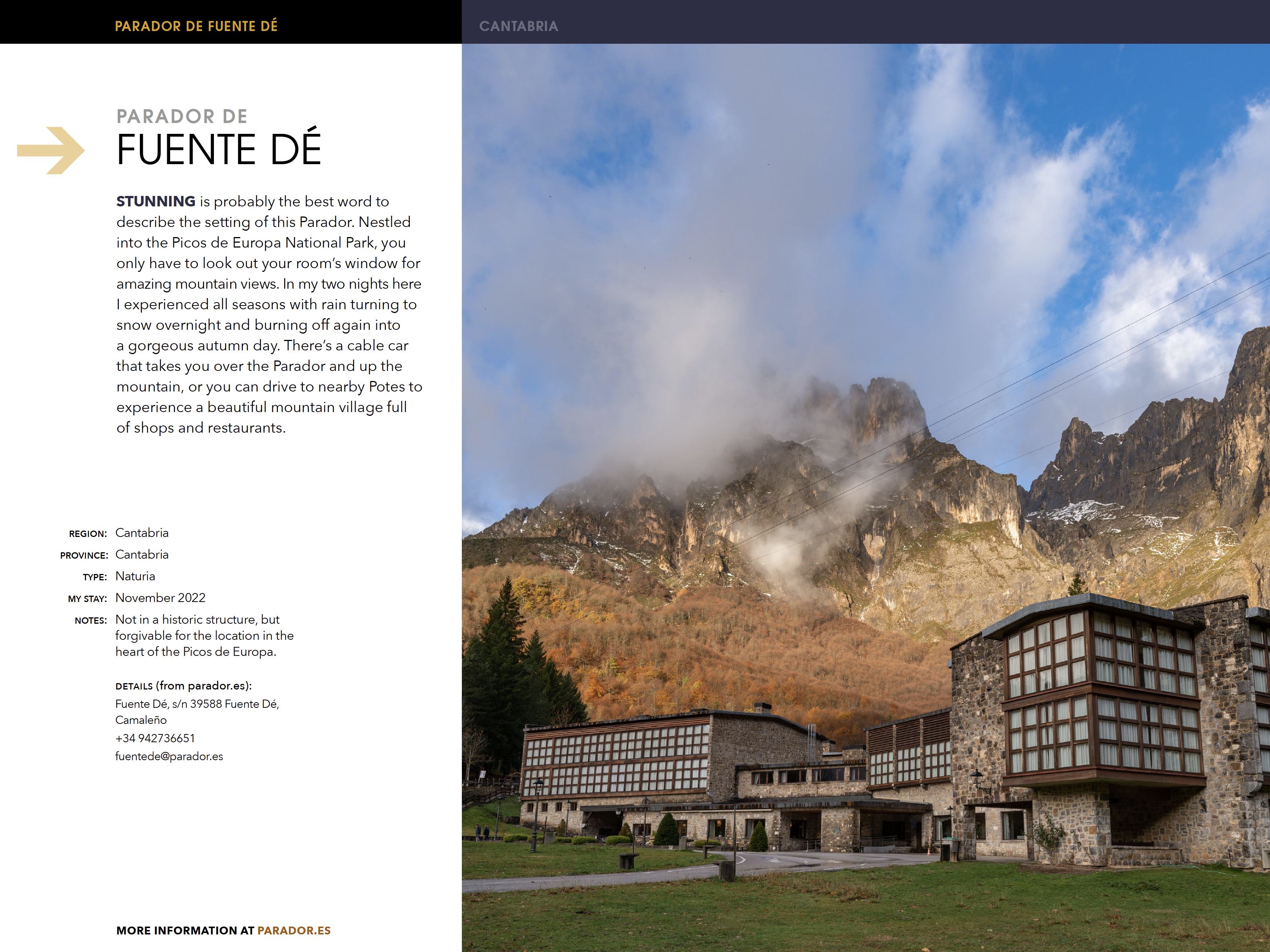
An example of a non-historic Parador that was purpose built into an incredible setting, nestled into the mountains of the Picos de Europa range, is the Parador de Fuente De. I just visited this Parador in the fall of 2022 and was lucky enough in a two-night stay to experience this place in two distinct seasons. It was snowing as I arrived and continued through the night so that I awakened to a magical snow-covered world the next morning. As the day progressed, it warmed, the snow melted and by my departure on the following morning it was once again a beautiful autumn day.
The Parador de Cuenca is also featured in this edition. I stayed in this former monastery in late 2019 on one of my last overseas trips before the pandemic. The setting is magical. The old town is perched on a rocky ridge with buildings hanging precipitously over the edges of the cliff, while the Parador (seen at left in this photo) lies across the gorge, connected to the old town via a high, iron walking bridge.
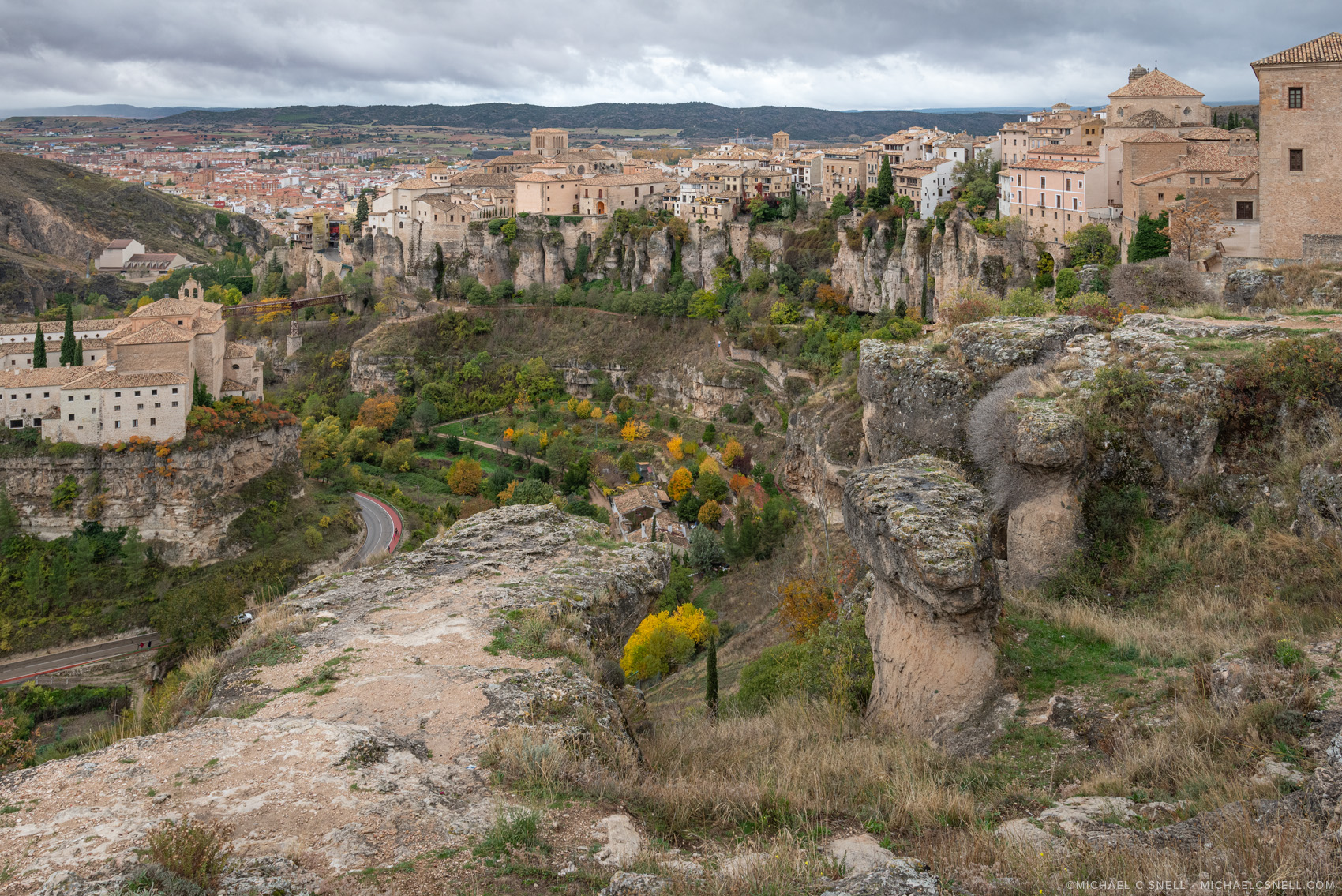
Sample pages
Paradores are also now featured from Basque Country: Parador de Hondarribia, Parador de Argomaniz near Vitoria-Gasteiz, and Parador de Sos del Rey Catolica in Aragon.
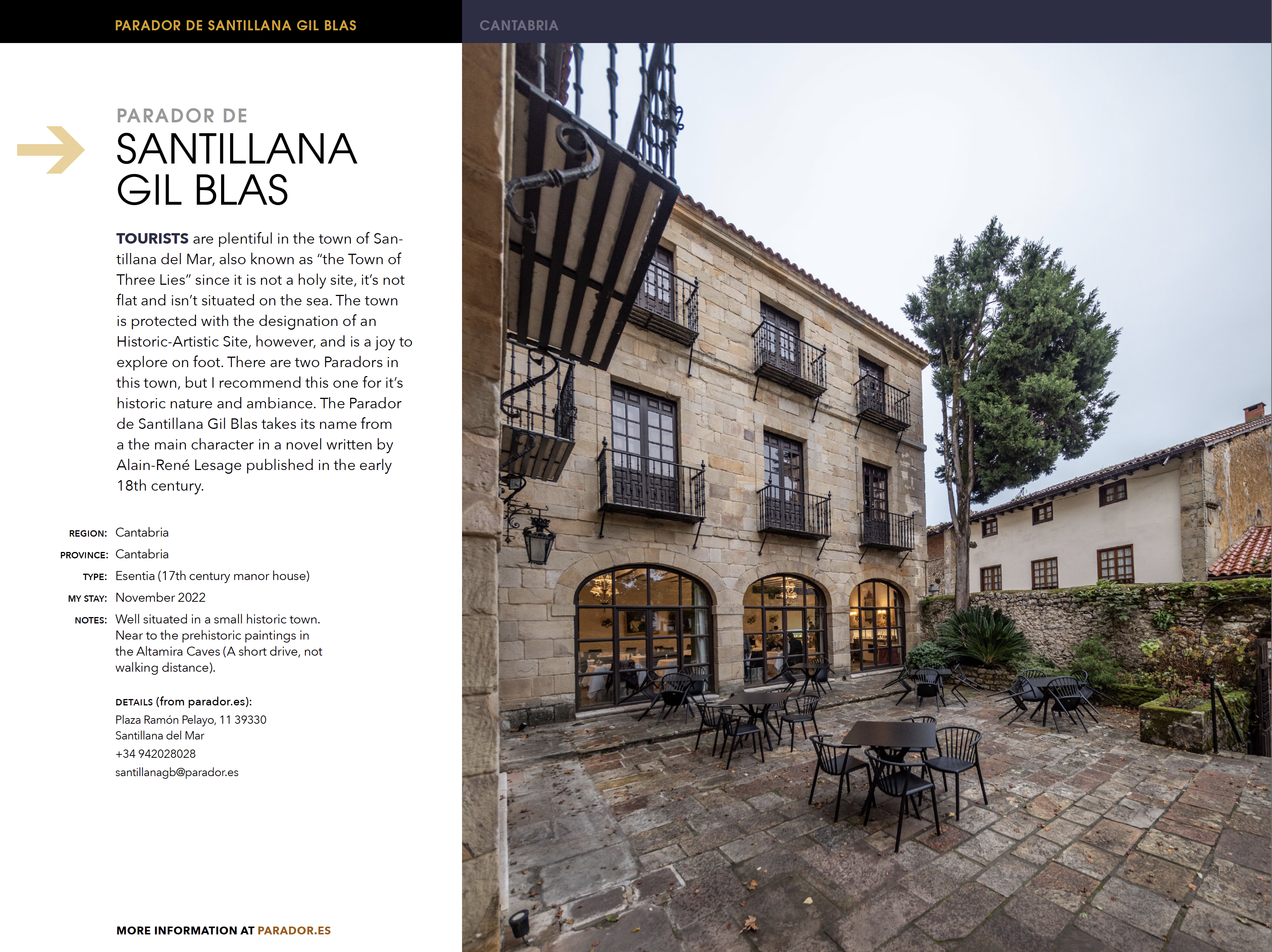
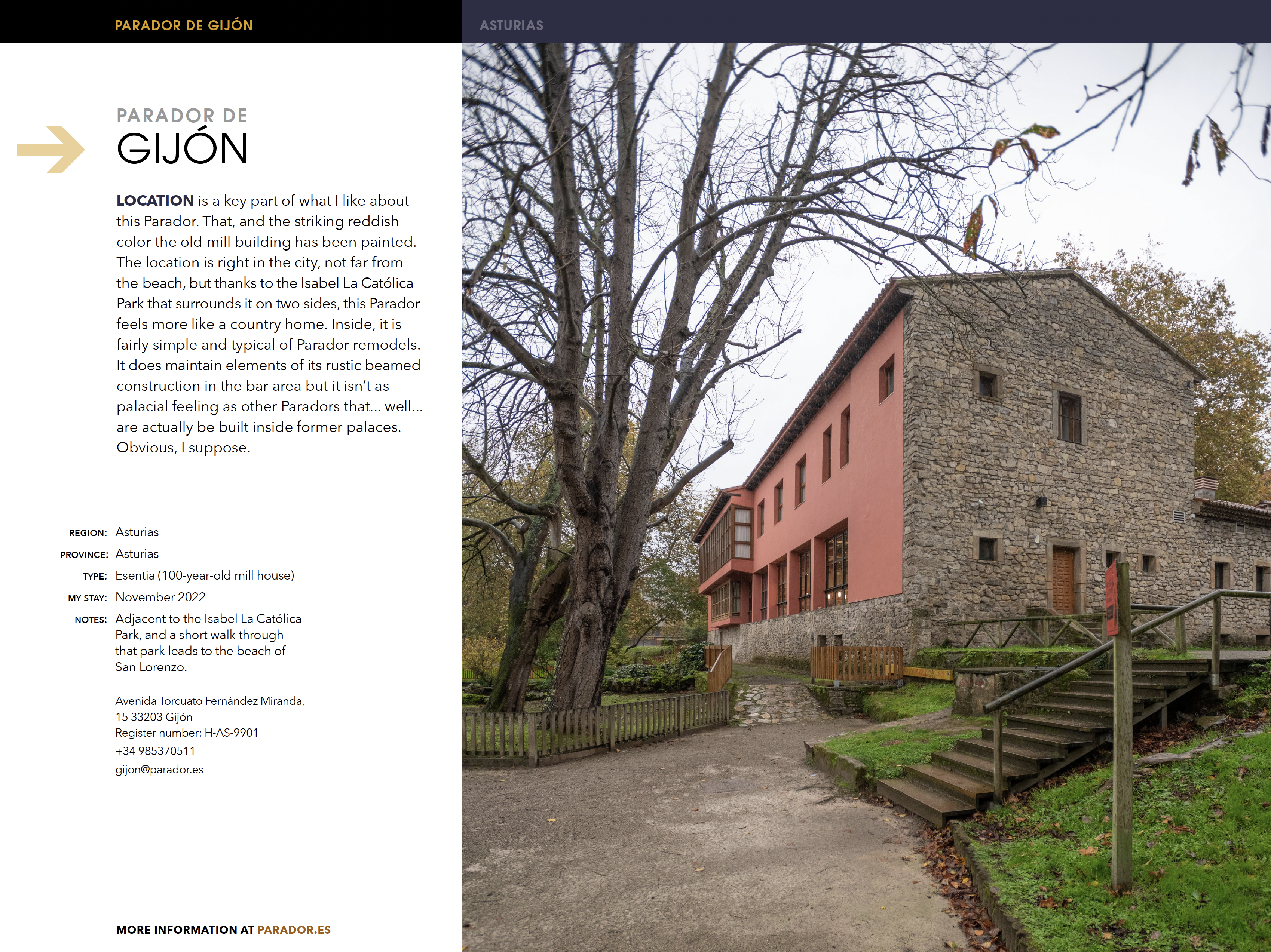
Other Paradores from northern Spain are now included in this second edition of my Parador e-book as well, and many of the previous listings have been updated with additional photos and information due to repeat visits.
I’ve also included information about some changes I’ve encountered in Parador practices since the Covid pandemic. The Paradores have done well to respond with new safety measures but some — for now at least — do alter the visitor experience a bit. Reservations for breakfast have been required recently to limit crowding in the dining rooms and other modifications have appeared. I don’t know if all of these changes will be permanent, but I wanted to mention them in this edition to help document those changes. As I see them disappear — or not — I will document that in future editions as well.
All in all, I still love the Parador experience and encourage all travelers visiting Spain to give them a try.
